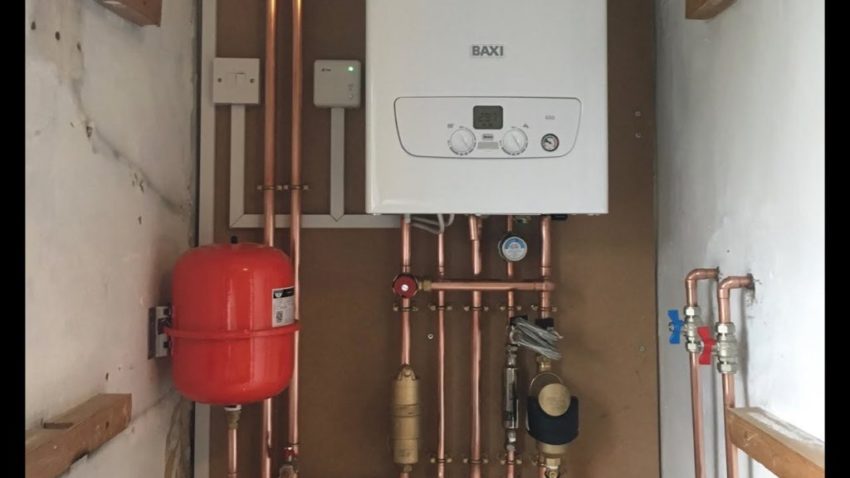There are only three types of boilers out there.
The combi boilers are by far the most popular option out of all types of boilers for private homes.
They’re very affordable and can control central heating and hot water by consuming less energy than any other boiler type. Moreover, combi boilers are very small in size and take less space as well, since you don’t need extra space for a water tank or cylinder.
They instantly heat up the water whenever you turn on the tap and the supply of hot water is practically unlimited. The installation of combi boilers is also really simple and quick and since there are lots of cheap combi boilers and best combi boilers on the market right now, you’ll surely find the right boiler for you. Here are a few pros and cons for getting a combi boiler.
Pros
- Responsive to temperature and tap usage.
- You don’t need to wait for central heating or hot water.
- This boiler type requires less space in your home.
- It heats up the water directly from mainstream
- You don’t need a pump as it has powerful showers
- Less pipework is required during installation which means less maintenance
Cons
- It cannot work effectively with low water pressure
- Can provide hot water to only one bath at the same time
- Water pressure is reduced when a leak occurs
- Not recommended to large homeowners with multiple bathrooms
- High mains pressure is required
Can You Install it on Your Own?
If you don’t have any experience installing a boiler then it’s going to be a daunting task for you. But it’s not rocket science and you can easily learn it. Installing a boiler in your home can cost you a lot of money. So, doing it yourself can help you save tons of money. Some people do not bother and hire a professional to get the job done – if you want to do this on your own then follow these steps:
Instruction Manual
Any boiler comes with an installation instruction manual. It should have diagrams to explain the whole installation process so read the manual carefully and gather all the tools you need.
Where Everything Goes?
The next step is to find a place for installation. You need to decide the position of the radiation. If you already had installed one in the past then you have the perfect spot right there.
You need to make sure that there is enough space around the boiler. Moreover, look closely to see if there’s any leakage inside the walls.
Pipe Routes
Next thing, you need to know which is the right pipe route for your home. To install it properly, you need to make sure that the water is coming in and out in the right way.
Fit the Boiler
The next step is to mount the boiler on the wall. This step is time-consuming as you need to do it right. Also, make sure that the fittings are secured and there is no leakage.
Ventilation
After installing the radiator, it needs some air ventilation. So, make sure that there is enough space around the boiler for proper ventilation.


